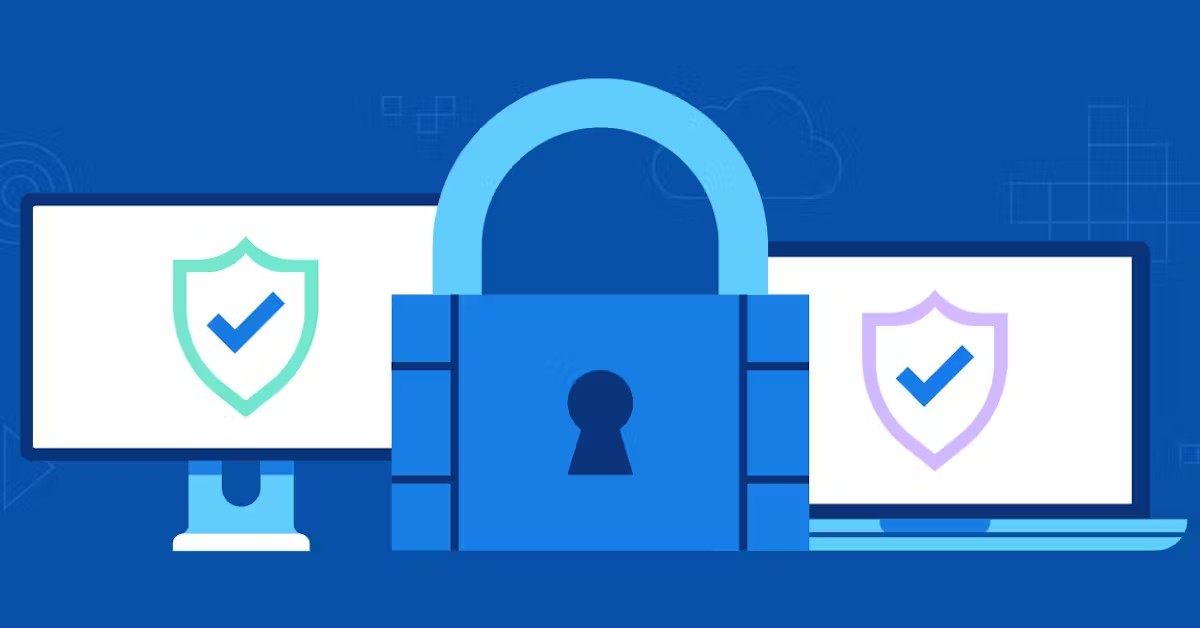When developing applications, it’s common to rely on third-party libraries to leverage existing functionality and accelerate development. However, using third-party libraries introduces potential security risks. Vulnerabilities in these libraries can be exploited by attackers to compromise the security of the entire application. It’s essential to assess and manage the security of third-party libraries to minimize these risks. In this article, we will discuss best practices for ensuring third-party library security, including vulnerability scanning, dependency management, keeping libraries up to date, and evaluating the security posture of third-party providers.
Vulnerability Scanning

Performing regular vulnerability scanning of third-party libraries is crucial to identify known security vulnerabilities and weaknesses. Here are key points to consider when conducting vulnerability scanning:
- Automated scanning tools: Utilize automated scanning tools to assess the security of third-party libraries. These tools can help identify known vulnerabilities and provide insights into the severity and impact of each vulnerability.
- CVE database: Utilize Common Vulnerabilities and Exposures (CVE) databases to stay updated on the latest security vulnerabilities. Cross-reference the libraries used in your application with the CVE database to identify any known vulnerabilities.
- Patch management: Keep track of security patches released by library vendors. Regularly update libraries to the latest patched versions to mitigate known vulnerabilities.
- Open-source communities: Engage with the open-source communities and forums related to the libraries used in your application. Stay informed about security discussions, vulnerability disclosures, and patches released by the community.
- Penetration testing: Conduct penetration testing to identify potential security vulnerabilities beyond what automated scanning tools can detect. Penetration testing can help uncover application-specific vulnerabilities or misconfigurations that might not be covered by general scanning tools.
By regularly performing vulnerability scanning, organizations can proactively identify and address security vulnerabilities in third-party libraries before they can be exploited.
Dependency Management

Effective dependency management is crucial to ensure the security of third-party libraries in applications. Here are key points to consider when managing dependencies:
- Documentation and tracking: Maintain comprehensive documentation of all third-party libraries used in your application. Keep track of the specific versions and dependencies associated with each library.
- Dependency analysis: Regularly analyze the dependencies of your application to identify any outdated or unsupported libraries. Remove or update dependencies that are no longer maintained or have known security issues.
- Dependency resolution: Utilize package managers or build tools that support automatic dependency resolution. These tools can automatically fetch the latest versions of libraries and their dependencies while ensuring compatibility and security.
- Static code analysis: Employ static code analysis tools that can identify security vulnerabilities in third-party libraries. These tools analyze the source code of the libraries and flag any potential security risks.
- License compliance: Ensure compliance with the licenses of the third-party libraries used in your application. Some licenses may have specific requirements or restrictions that need to be considered.
By effectively managing dependencies, organizations can maintain control over the security of third-party libraries and reduce the risk of incorporating vulnerable or outdated components into their applications.
Keeping Libraries Up to Date

Keeping third-party libraries up to date is essential for addressing security vulnerabilities and benefiting from bug fixes and feature enhancements. Here are key points to consider when managing library updates:
- Library version tracking: Stay informed about new library releases and version updates. Subscribe to release notes, security advisories, or mailing lists provided by library vendors to receive timely notifications about new releases.
- Patch management: Regularly evaluate the severity and impact of security vulnerabilities associated with the libraries used in your application. Prioritize and apply security patches promptly to mitigate the risk of exploitation.
- Automated updates: Utilize automated update mechanisms provided by package managers or build tools. These mechanisms can automatically fetch and apply the latest library versions, making it easier to keep libraries up to date.
- Testing after updates: After updating a library, perform thorough testing to ensure that the updated version does not introduce any compatibility issues or regressions in functionality.
- Rollback plan: Have a rollback plan in place in case an updated library version introduces unexpected issues. This allows you to revert to the previous stable version quickly while investigating and addressing the problem.
By keeping libraries up to date, organizations can ensure that their applications are equipped with the latest security patches and enhancements, reducing the risk of exploitation.
Evaluating the Security Posture of Third-Party Providers

When incorporating third-party libraries into your applications, it’s essential to evaluate the security posture of the providers. Here are key points to consider when evaluating third-party providers:
- Security track record: Research and assess the security track record of third-party library providers. Look for any history of security vulnerabilities, how promptly they release security patches or updates, and their responsiveness to security-related inquiries.
- Secure development practices: Evaluate the secure development practices followed by third-party providers. Consider factors such as vulnerability management, code review processesand secure coding standards they adhere to. Look for providers who prioritize security throughout the development lifecycle.
- Security certifications and audits: Check if third-party providers have obtained security certifications or undergone independent security audits. Certifications such as ISO 27001 or SOC 2 demonstrate a commitment to implementing robust security practices.
- Supplier risk assessment: Conduct a supplier risk assessment to evaluate the overall security and reliability of third-party providers. Consider factors such as their financial stability, reputation, and ability to handle security incidents or breaches effectively.
- Security SLAs: Establish clear security service level agreements (SLAs) with third-party providers. These agreements should include provisions for vulnerability management, incident response, and timely security updates.
By thoroughly evaluating the security posture of third-party providers, organizations can make informed decisions about incorporating their libraries into applications, thereby reducing the risk of introducing vulnerabilities through external components.
Conclusion
Ensuring the security of third-party libraries used in applications is crucial for protecting against potential vulnerabilities and maintaining the overall security posture of the application. By implementing the best practices discussed in this article, such as vulnerability scanning, dependency management, keeping libraries up to date, and evaluating the security posture of third-party providers, organizations can effectively mitigate the risks associated with third-party libraries. Remember to regularly scan for vulnerabilities, manage dependencies effectively, keep libraries up to date, and conduct thorough evaluations of third-party providers. By following these practices, organizations can significantly enhance the security of their applications and minimize the potential for security breaches or exploits stemming from third-party libraries.

